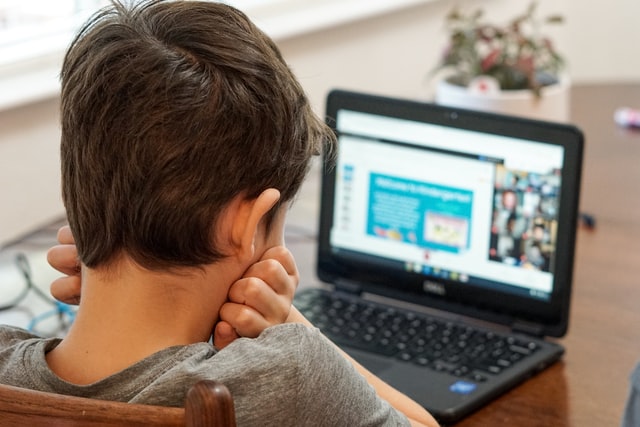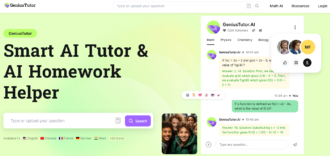Everything About E-Learning
The idea behind e-learning is to learn, no matter where you are, to have access to knowledge, and to transfer knowledge everywhere.
It is about learning through digital media instead of in school, workshops, or seminars. Learning with the help of the Internet is becoming increasingly important. But how exactly does e-learning work? What does it fall under? And does it work? Or can we not do without on-site learning in groups? In the following, we give an overview of e-learning and its forms, strengths, and weaknesses.
Detail Guide On E-Learning
What is e-learning?
E-learning is a form in which computers, smartphones, or tablets are used, and the learners access the Internet. It can be e-learning if a teacher puts a PDF online that learners, regardless of whether they are pupils or students, can then use for learning. The internet is already evident here and is indispensable for e-learning nowadays.
There are also older definitions of the term that define e-learning as everything that includes media, such as learning in front of the television or on the radio.
Which known e-learning tools are there?
The well-known course management system Moodle has proven itself at universities. Moodle initially stands for Modular Object-Oriented Dynamic Learning Environment. Digital course rooms are offered here, where learners can access work materials. There is also the option of exchanging content, answering questions, or voting in forums. Moodles are often used at universities as a supplement to face-to-face teaching.
In addition, there are many other online tools that learners can use. Video lectures are apparent, and then there are digital index cards, apps, and games for learning languages, as well as tools that can be used to organize notes or literature citations. A search is worth it. Which tool is the right one depends on the learner type and the content to be learned. They can be an excellent addition to conventional learning material.
What are the advantages of e-learning?
A few advantages of e-learning are apparent: It enables you to learn regardless of time and place. The learning material can be accessed as long as there is internet access. It also allows learners to go through the material at their own pace. It is also beneficial for learners who otherwise run the risk of drowning. It is also suitable for introverts and people who don’t feel comfortable participating in groups or gatherings. For them, in particular, e-learning with written discussion offers advantages.
Not to mention, it is cheaper and often accessible. You can find many courses and lectures online for much less money than you would have to pay otherwise when attending an institute. You also have government programs that offer free classes to its citizens, provided by the Queensland government in Australia, which are excellent examples of how this form of education can benefit ordinary folks.
What are the disadvantages of e-learning?
E-learning will probably not completely replace learning on-site. It is also more challenging to respond to questions in writing online.
E-learning also requires a high level of motivation and personal responsibility. You must learn the material, care for yourself, and organize your time. That can be exhausting, especially if the e-learning course is just a collection of written material that needs to be read. The following applies to e-learning providers: The material should offer some variety. Videos, quizzes, and similar things can loosen the otherwise dry content.
What’s next with e-learning?
Experts think there will be more and more online learning opportunities in the coming years, especially in blended learning, in which face-to-face and online regions complement each other. Flipped classrooms are an example of how this might work. The idea behind it is that learning content is worked out at home. This has the advantage that everyone can work out the material at their own pace at home using materials that are made available online. The attendance time is then used to answer questions about comprehension and practical application.
We have seen how far e-learning is possible, especially in the coronavirus crisis. It wouldn’t work without the Internet. It’s great as a replacement, but it is and will remain a replacement, especially when a lot must be done quickly. Nevertheless, we can assume that Corona will fuel e-learning and that more digital content will prevail in blended learning.


















